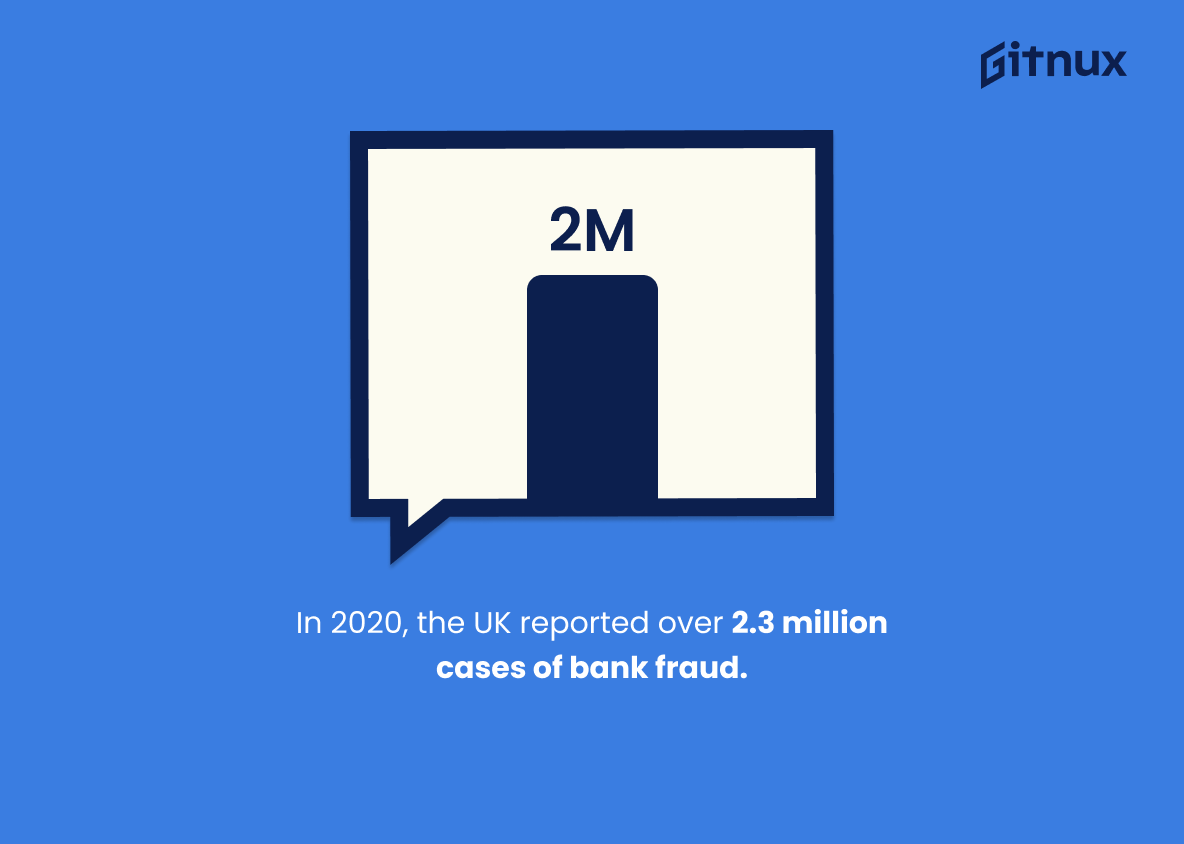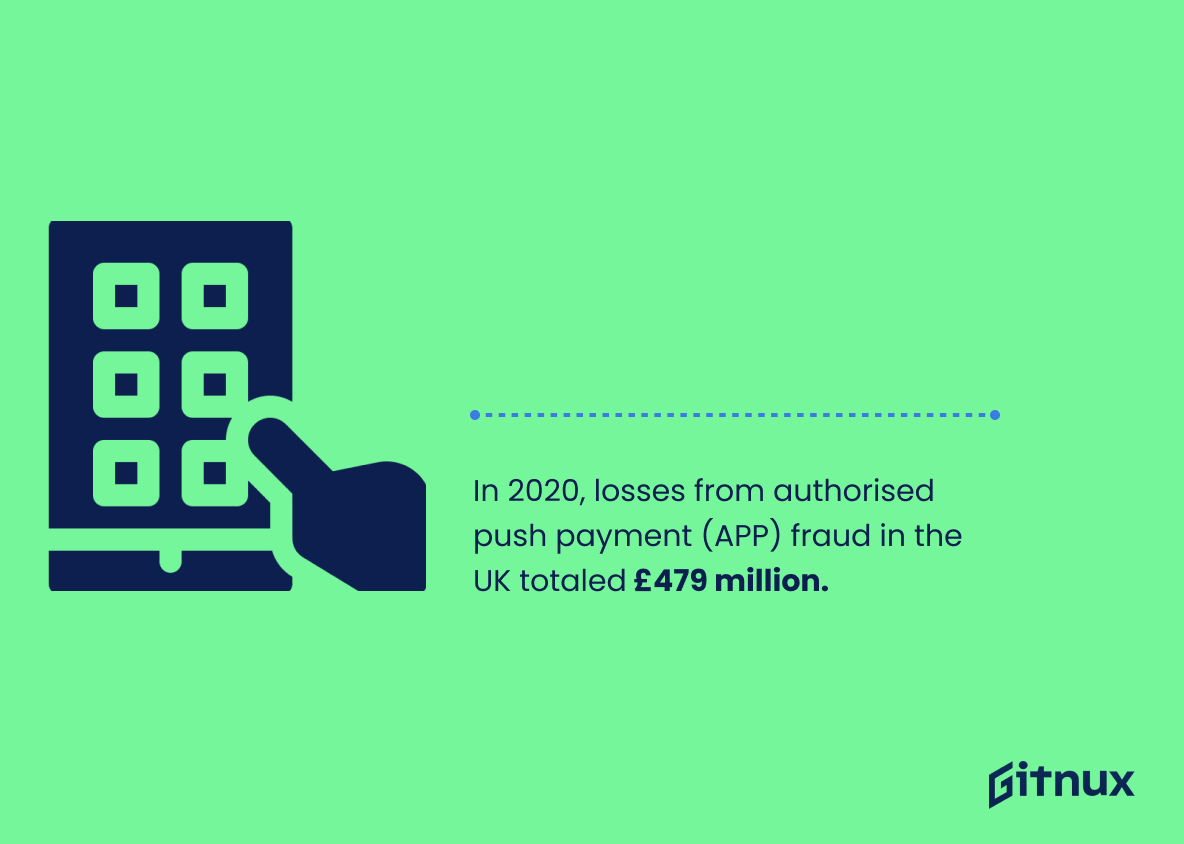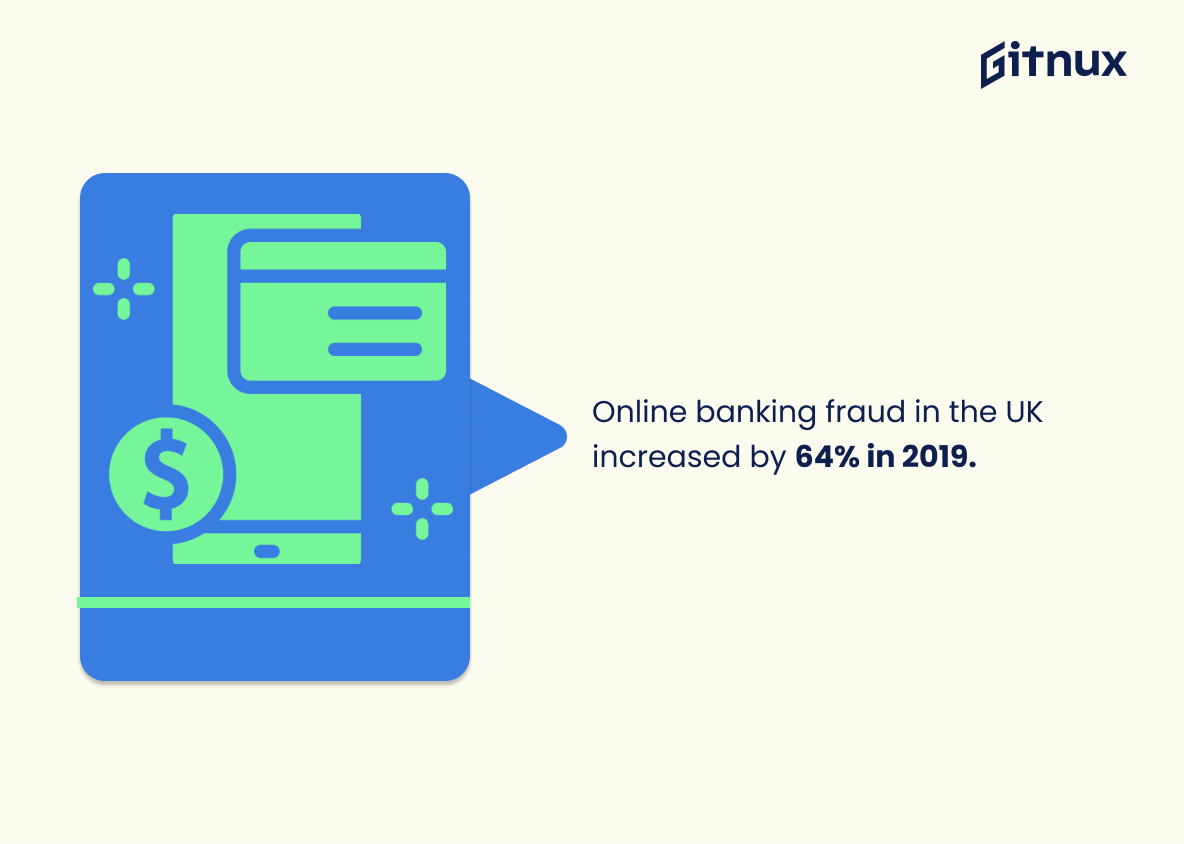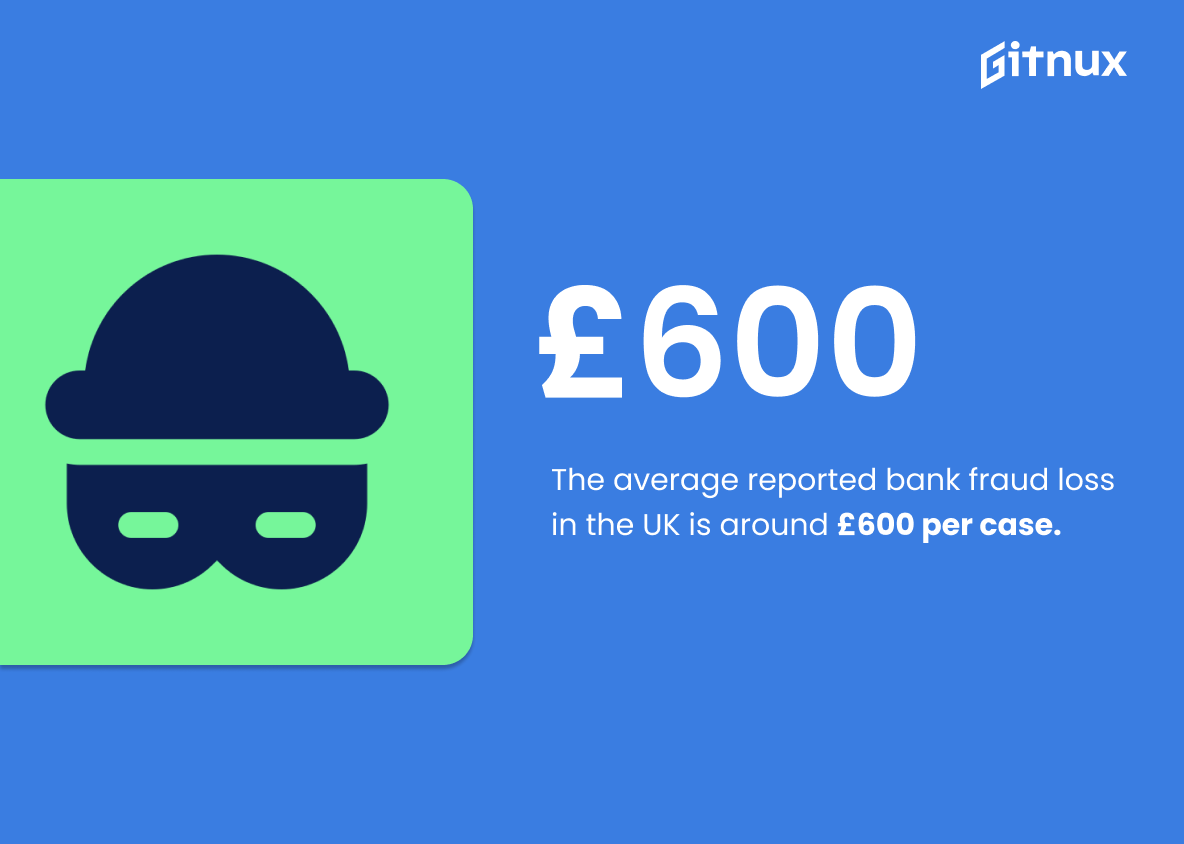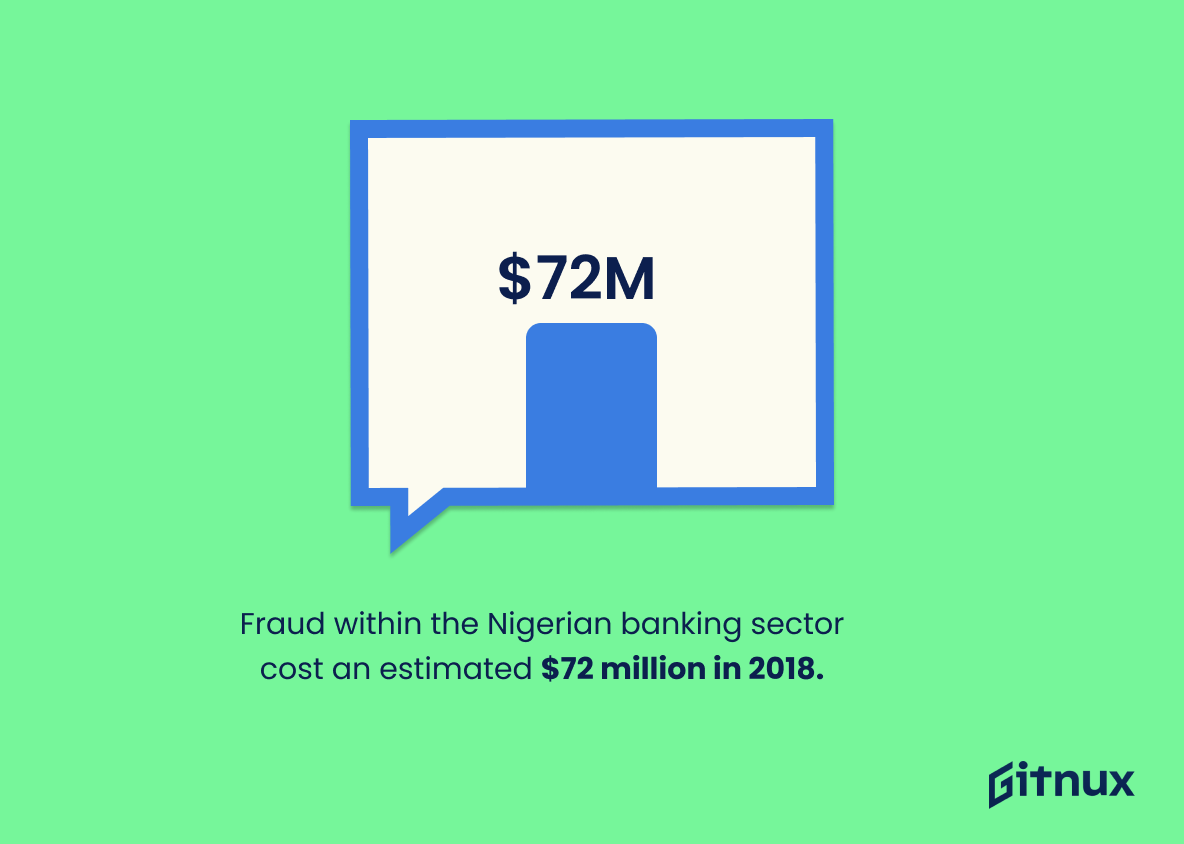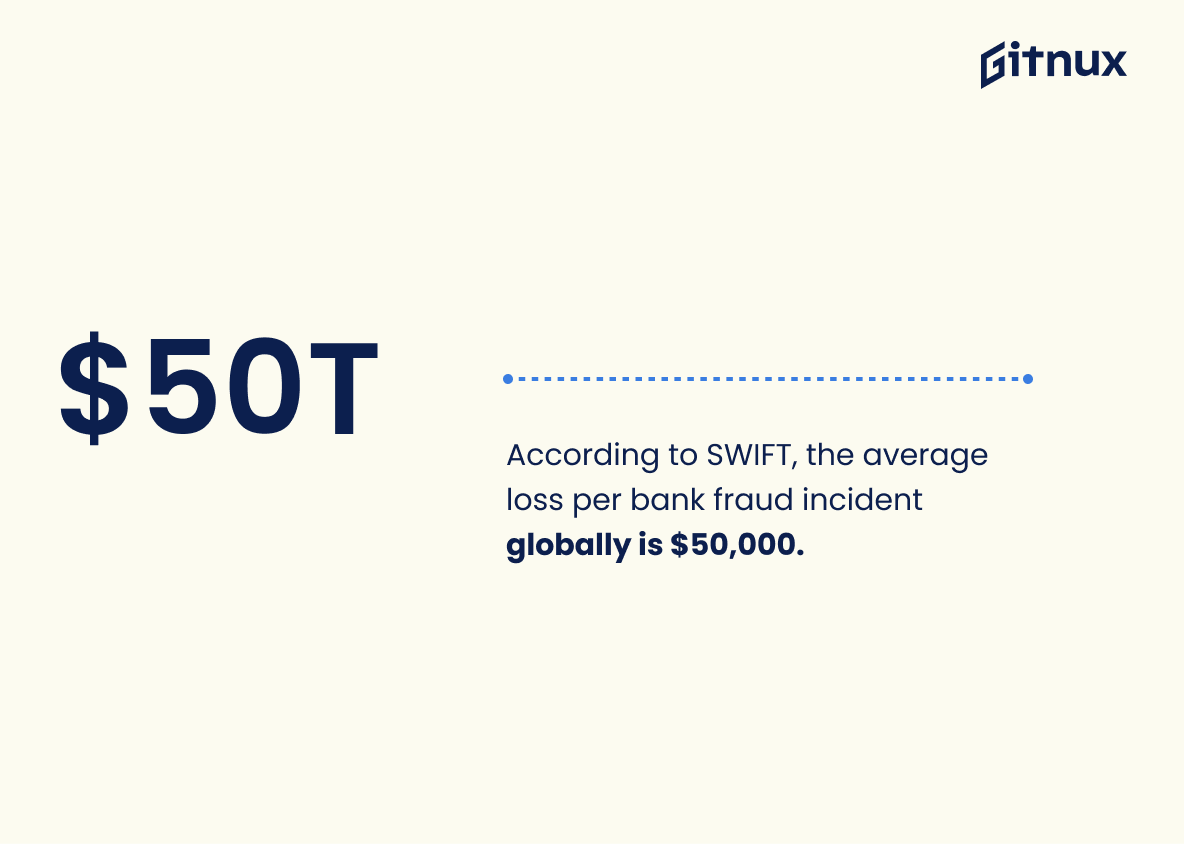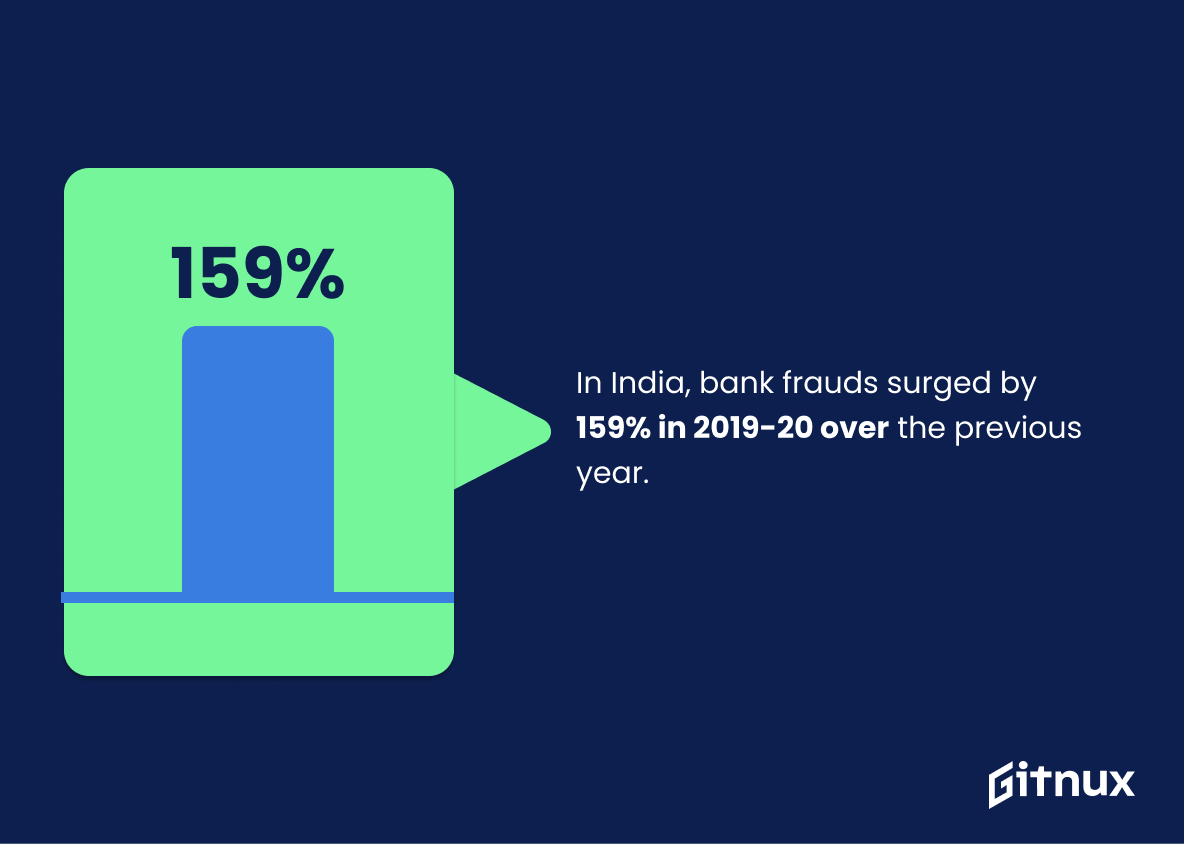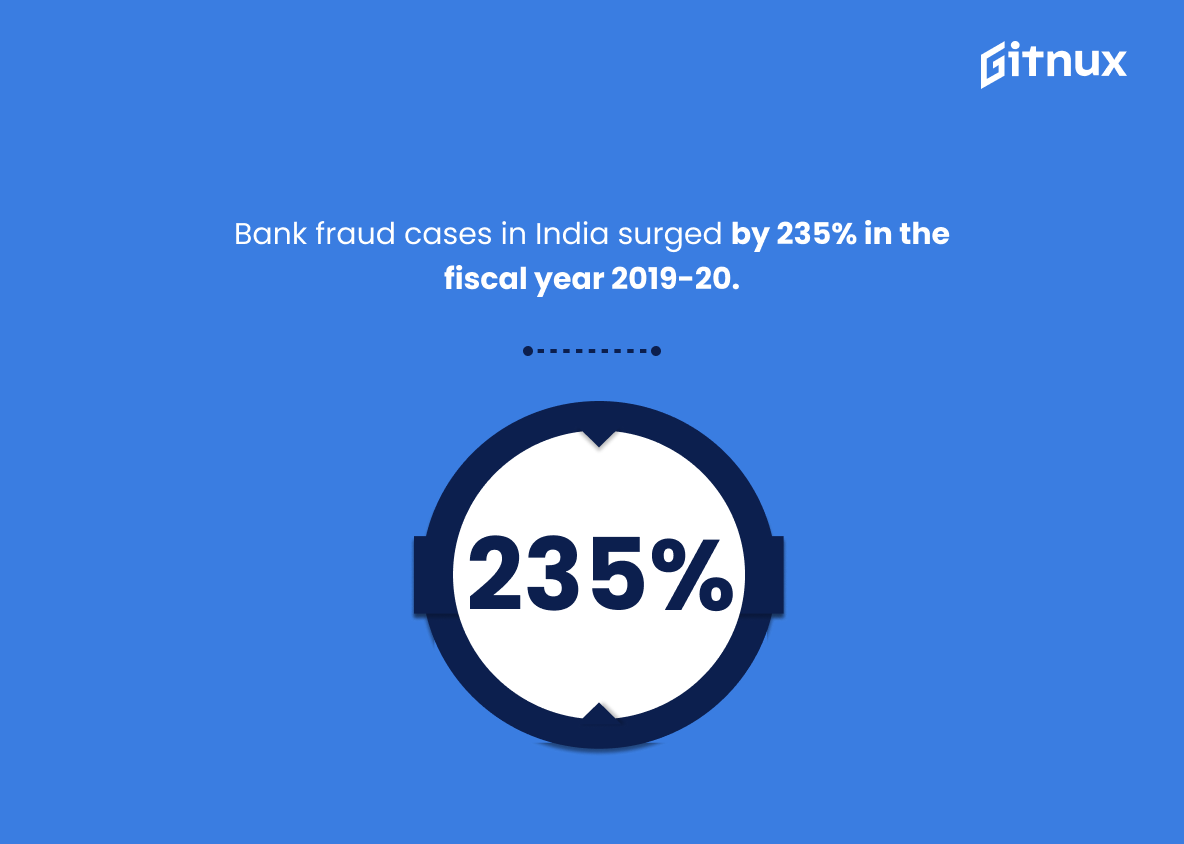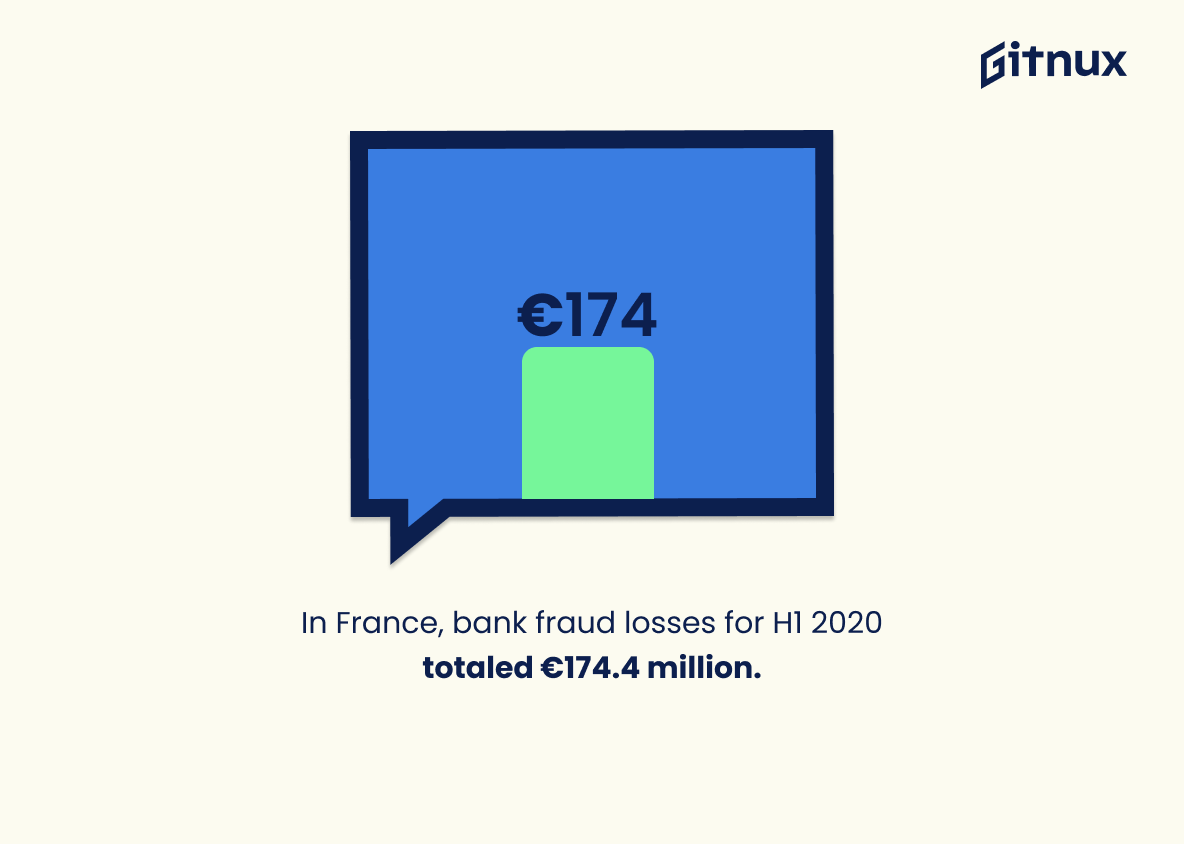Bank fraud is a serious issue that affects people all over the world. In 2020, reported cases of bank fraud totaled 1,638 in the United States and 2.3 million in the UK alone. Globally, losses from bank fraud reached an estimated $50,000 per incident according to SWIFT data. Credit card fraud accounted for 35% of all US incidents while online banking was involved in 47% of UK cases and 31% of German ones respectively. Meanwhile, Nigeria suffered an estimated loss of $72 million due to fraudulent activities within its banking sector last year; India saw a 159% increase in such crimes with total losses amounting to Rs1.85 trillion; Australia experienced 85% Card Not Present (CNP) Frauds including online transactions; South Africa had 37 818 reported cases between April-September 2020; France recorded €174 4 million worth losses during first half 2020 whereas Italy’s figure stood at €2 17 billion with consumer banking accounting for 20 3%. Lastly China witnessed more than one million instances resulting into financial damages up to 396 Million USD by end 2020 . This blog post will explore these statistics further as well as discuss potential solutions on how we can prevent future occurrences of this crime worldwide
Bank Fraud Statistics Overview
Credit card fraud accounts for 35% of all bank fraud incidents in the United States.
This statistic is a stark reminder of the prevalence of credit card fraud in the United States. It highlights the need for banks to take extra precautions to protect their customers from this type of fraud. It also serves as a warning to consumers to be vigilant when using their credit cards and to be aware of the potential risks. This statistic is an important part of the overall picture of bank fraud in the United States and should be taken into consideration when discussing the issue.
In 2020, the UK reported over 2.3 million cases of bank fraud.
This statistic is a stark reminder of the prevalence of bank fraud in the UK. It serves as a warning to all those who use banking services, that they must remain vigilant and take all necessary precautions to protect their finances. It also highlights the need for banks to continue to invest in security measures to protect their customers from fraud.
In 2020, losses from authorised push payment (APP) fraud in the UK totaled £479 million.
This statistic is a stark reminder of the devastating impact of bank fraud in the UK. It highlights the sheer magnitude of losses suffered by individuals and businesses due to APP fraud in 2020, and serves as a warning to all of us to remain vigilant against such criminal activity.
Online banking fraud in the UK increased by 64% in 2019.
This statistic is a stark reminder of the growing prevalence of online banking fraud in the UK. It highlights the need for banks and customers alike to be vigilant in protecting their accounts and personal information from malicious actors. The 64% increase in fraud in 2019 is a worrying trend that should not be ignored, and it is essential that banks and customers take the necessary steps to ensure their accounts are secure.
In 2019, 47% of bank fraud cases in the UK were perpetrated through remote banking channels.
This statistic is a stark reminder of the importance of being vigilant when it comes to bank fraud. It highlights the fact that remote banking channels are increasingly being used by fraudsters to target unsuspecting victims, and that banks need to take extra precautions to protect their customers. It also serves as a warning to customers to be aware of the risks associated with online banking and to take steps to protect themselves.
The average reported bank fraud loss in the UK is around £600 per case.
This statistic is a stark reminder of the financial impact of bank fraud. It highlights the fact that, on average, each case of fraud costs the victim around £600, a significant sum for many people. This statistic serves as a warning to be vigilant against fraudsters and to take all necessary precautions to protect oneself from becoming a victim.
Fraud within the Nigerian banking sector cost an estimated $72 million in 2018.
This statistic is a stark reminder of the devastating impact that bank fraud can have on the Nigerian economy. It highlights the need for banks to take proactive steps to protect their customers and their assets from fraudsters. By understanding the scale of the problem, banks can better equip themselves to tackle the issue and reduce the financial losses associated with it.
According to SWIFT, the average loss per bank fraud incident globally is $50,000.
This statistic is a stark reminder of the financial damage that bank fraud can cause. It highlights the importance of banks taking measures to protect their customers from fraudsters, as the cost of a single incident can be significant. It also serves as a warning to customers to be vigilant and take steps to protect their accounts from fraud.
In India, bank fraud cases increased by 159% in 2019-20, compared to the previous year.
This statistic is a stark reminder of the growing prevalence of bank fraud in India. It highlights the urgent need for banks to take proactive measures to protect their customers from such fraudulent activities. The 159% increase in bank fraud cases in 2019-20 is a cause for concern and should be taken seriously by banks and other financial institutions.
The total value of bank fraud cases in India increased by 235% in the fiscal year 2019-20.
This statistic is a stark reminder of the alarming rise in bank fraud cases in India during the fiscal year 2019-20. It highlights the need for greater vigilance and stricter measures to prevent and detect such frauds. The sharp increase in the total value of bank fraud cases is a cause for concern and should be addressed with urgency.
In 2020, about 31% of bank fraud incidents in Germany involved online banking.
This statistic is a stark reminder of the importance of online banking security in Germany. With such a high percentage of bank fraud incidents involving online banking, it is clear that banks and customers alike must take extra precautions to protect their accounts and financial information. This statistic serves as a warning to all those who use online banking services in Germany, and should be taken seriously.
In France, the total losses due to bank fraud for the first half of 2020 were €174.4 million.
This statistic is a stark reminder of the devastating effects of bank fraud in France during the first half of 2020. With a total loss of €174.4 million, it is clear that bank fraud is a serious problem that needs to be addressed. This statistic serves as a call to action for banks and other financial institutions to take steps to protect their customers from fraud.
In Italy, bank fraud-related losses in 2020 totaled €2.17 billion, with consumer banking accounting for 20.3% of cases.
This statistic is a stark reminder of the prevalence of bank fraud in Italy in 2020. It highlights the fact that consumer banking was particularly vulnerable to fraud, with 20.3% of cases involving this sector. This is a worrying trend that needs to be addressed in order to protect customers and their finances.
Conclusion
The statistics presented in this blog post demonstrate the prevalence of bank fraud across a variety of countries. In 2020, reported cases and losses from bank fraud reached staggering numbers, with over 1 million incidents occurring in China alone. Credit card fraud was found to be one of the most common types of banking crime worldwide, accounting for 35% of all US-based incidents and 20.3% in Italy. Additionally, online banking has become increasingly vulnerable to fraudulent activity; UK reports showed an increase by 64%, while Germany saw 31% involvement through remote channels last year. It is clear that banks must remain vigilant against these threats if they are to protect their customers’ financial security going forward into 2021 and beyond.
References
0. – https://www.ukfinance.org.uk
1. – https://www.swift.com
2. – https://www.risk.lexisnexis.com
3. – https://www.acfe.com
4. – https://www.experian.com
5. – https://www.moneycontrol.com
6. – https://www.cnpd.public.lu
7. – https://www.economictimes.indiatimes.com
8. – https://www.bundesbank.de
9. – https://www.nationalcrimeagency.gov.uk
10. – https://www.finder.com
11. – https://www.bancaditalia.it
12. – https://www.finextra.com
13. – https://www.statista.com

